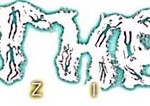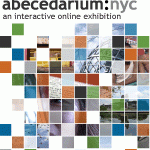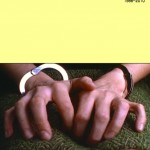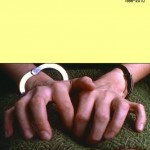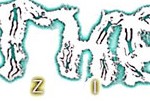Otherzine Interview w/ L. Sachs by Molly Hankwitz
In my twenty year relationship as audience to Lynne Sachs’ filmworks, I have always admired her amazing ability to connect the very personal, physical relationship of ‘selfhood’ to film and film history and to collage a variety of complex themes into one complete film, often with challenging ambiguity and open endedness.

